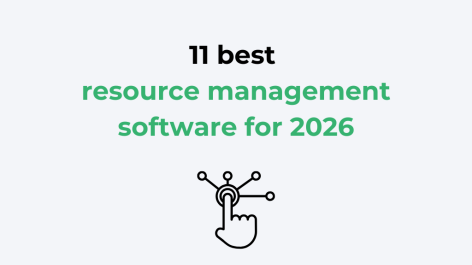In the last decade, practically every industry has experienced the impact of disruptive innovation. The legal sector is no exception.
As technologies such as artificial intelligence (AI) and machine learning (ML) mature and enter the mainstream, nimble new entrants are competing with traditional law firms in ways that are fundamentally reshaping the industry.
Alternative Legal Service Providers (ALSPs) are at the forefront of this change. These born-online organisations offer services that have historically been the preserve of law firms. These services include everything from electronic disclosure and document review to contract management and drafting.
Traditional law firms are facing pressure from other directions, too. While ALSPs are unbundling legal services, the 2013 Jackson reforms place fee structures under greater scrutiny than ever before. The combination of increasing client choice around legal services and the growing demand for fixed-fee arrangements means that margins are tight. As a result, operational cost-efficiency is vital.
Identifying the challenges
To survive and thrive in this new environment, law firms are under enormous pressure to deliver transparent, client-centric services. Demonstrating the value that clients receive for their legal spend is a powerful way to drive up satisfaction and foster long-term working relationships. However, gaining insight into resource utilisation poses complex challenges for many firms.
For this reason, it has never been more important for firms to future-proof their approach to resource planning. Although no two firms will adopt an identical approach, future-facing resource planning systems will share some core capabilities in common.
The target resource-planning system should be highly scalable: capable of ingesting and managing granular human-resources data for the smallest departments right up to the largest multinational firms. Through tight integration with the practice management system, a future-proof system will gather accurate data on each team-member’s skills, competencies, and caseloads in a highly automated way. Crucially, the system will use this data to deliver insightful, actionable reports on key metrics such as in-demand skills, utilisation rates, and future staffing requirements.
By future-proofing their approach to resource planning in this way, many law firms will gain a clear view of utilisation across their organisation for the first time. This insight will empower them to take proactive measures that prepare their businesses for the disruptive future ahead. For example, law firms with a future-facing approach to resource planning will be able to identify and close skill gaps rapidly, visualise profitability across the business, and—most importantly—ensure resources are in place to deliver a consistently high level of client service.
Replacing legacy tools
One of the key reasons that firms struggle to future-proof their resource planning is a lack of effective tools. Many firms attempt to use spreadsheet-based approaches to measure and report on their utilisation rate. However, this approach has many serious disadvantages compared to purpose-built solutions.
For example, relying on spreadsheets makes it near-impossible to keep track of the unique skills and competency profiles of every member of the firm. Without insight into the capabilities of individual team-members, it is extremely difficult to determine which matters are the best fit for each employee’s specific skills and level of experience.
Spreadsheet-based tools also make it difficult to gain central visibility and control over the entire resource pool. These capabilities are important to accurately answer questions such as: “what is our overall utilisation rate?”, “which matters are delivering the highest and lowest returns?”, and: “how closely do our planned hours line up with the actual figures reported?”.
As cost pressures grow, these kinds of insights will grow in importance to senior decision-makers—and legacy approaches are unlikely to be up to the task of delivering on the new requirements.
Planning for the future
To meet the challenges of disruptive change head-on, forward-thinking firms should adopt a modern, scalable approach to resource planning, giving them complete visibility of their resource pool. By leveraging the same advanced AI and ML capabilities as ALSPs, firms can harness automation to rapidly identify available capacity, and assign new matters to the professionals with the optimal balance of skills, competencies and availability in minutes.
If your firm is targeting a future-proof approach to resource planning, then Retain has the tools, technology and experience to help.
Looking for more? Check out our complete guide to resource planning.
This comprehensive guide covers:
- Symptoms of poor resource planning (and how to cure them!)
- The formula for resource planning success
- Steps to future-proof your approach
- How a legacy system costs you money


